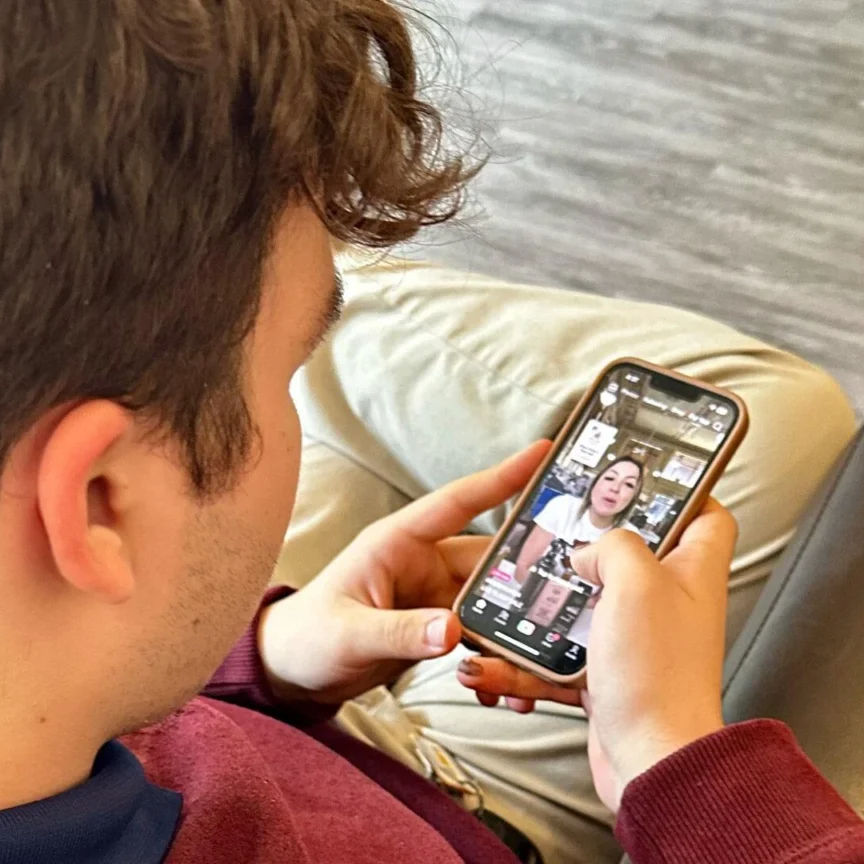A shiny new school fails
- Joanne Jacobs

- Jul 1, 2018
- 3 min read
San Francisco’s $54-million Willie Brown Jr. Middle School, which opened in 2015, is half full.
San Francisco spent $54 million to build and equip a new STEM-focused middle school to serve low-income black students — and lure middle-class students from nearby neighborhoods, writes Daniel Duane in Wired. “Tech titans” contributed. It sounded great, he writes. “Then it opened.”
It shouldn’t be a surprise: A great building doesn’t make a great school.
There were laboratories for robotics and digital media, Apple TVs for every classroom, and Google Chromebooks for students. A “cafetorium” offered sweeping views of the San Francisco Bay, flatscreen menu displays, and free breakfast and lunch. An on-campus wellness center was to provide free dentistry, optometry, and medical care to all students. Publicity materials promised that “every student will begin the sixth grade enrolled in a STEM lab that will teach him or her coding, robotics, graphic/website design, and foundations of mechanical engineering.” The district had created a rigorous new curriculum around what it called “design thinking” and a “one-to-one tech model,” with 80-minute class periods that would allow for immersion in complex subjects.
Extra funding came from high-tech executives and their foundations.
To ensure diversity, “the district lured families from other parts of town with a ‘golden ticket’ that would make it easier for graduates from Brown to attend their first choice of public high school,” writes Duane. Middle-class parents made Willie Brown Jr. Middle School their first choice in the school lottery.
The school’s opening day in 2015 was chaotic, the San Francisco Examiner reported. A month later, the principal quit. An interim principal was replaced in mid-October by the school’s third principal.
According to a local newspaper, in these first few months, six other faculty members resigned. (The district disputes this figure.) In a school survey, only 16 percent of the Brown staff described the campus as safe. Parents began to pull their kids out. By August of 2016, as Brown’s second year started, only 70 students were enrolled for 100 sixth-grade seats; few wanted to send their kids there. The school was in an enrollment death spiral.
The summer before the school opened, teachers attended a two-week session on using Summit Public Schools platform for 80 minutes per day of personalized learning. When the platform was dropped due to privacy concerns, teachers got nothing to replace it.
. . . as opening day inched closer, (teachers) worried that Hobson had yet to announce even basic policies on tardiness, attendance, and misbehavior. When they asked him how to handle such matters, according to one teacher who preferred not to be identified, “Hobson’s response was always like, ‘Positive, productive, and professional.’ We were like, ‘OK, those are three words. We need procedures’.”
The school’s fourth principal started in 2017-18.
Test scores? In the school’s second year, “the portion of Brown students testing at or above grade level in English fell about five points, to 21 percent; in math, about three points to near 10 percent,” writes Duane. Scores for 2017-18 aren’t available yet.
Duane focuses the blame on high principal and teacher turnover: While San Francisco has plenty of money for capital expenditures, it pays principals and teachers less than nearby districts that have much lower housing costs.
Brown Middle School is now half full. Last year, the district lottery placed Duane’s younger daughter into Brown, which is not far from their home, he writes. She’s attending private school instead.






Comments